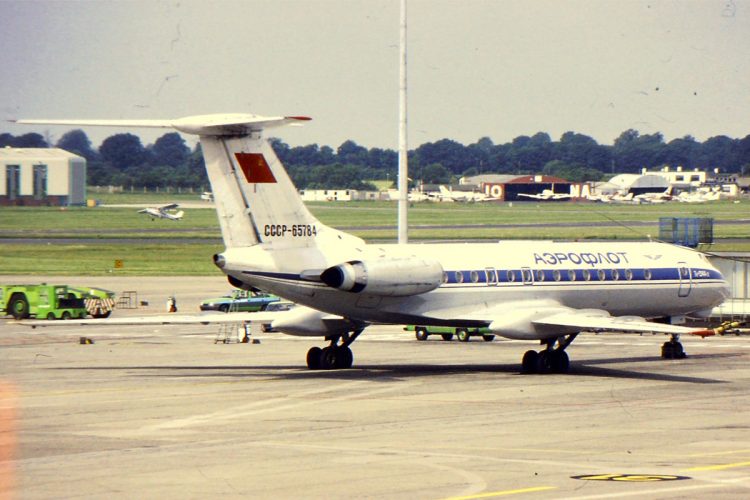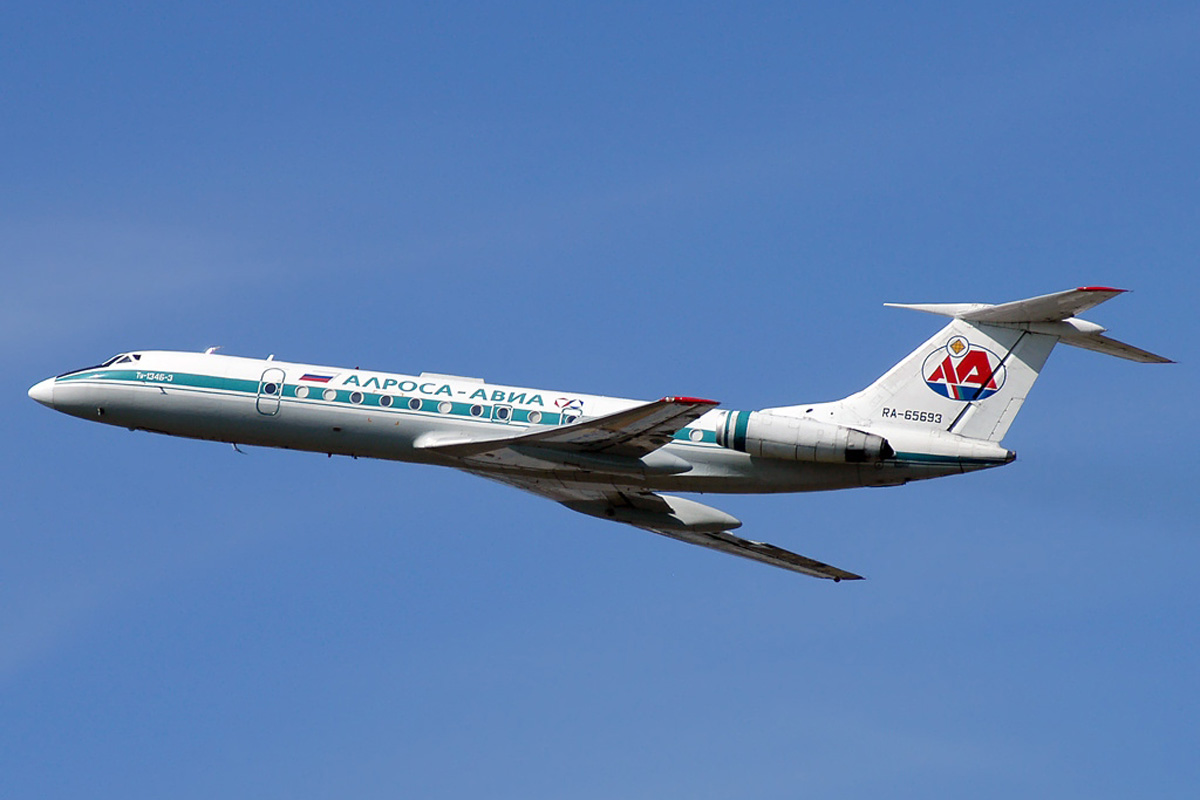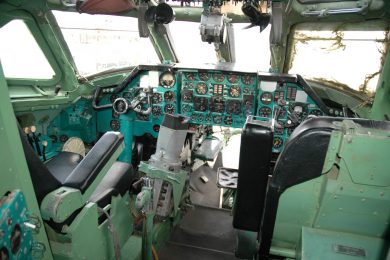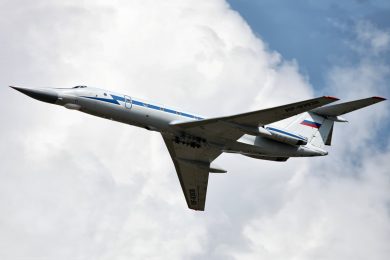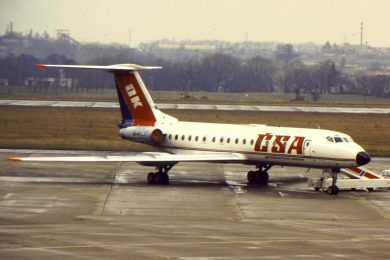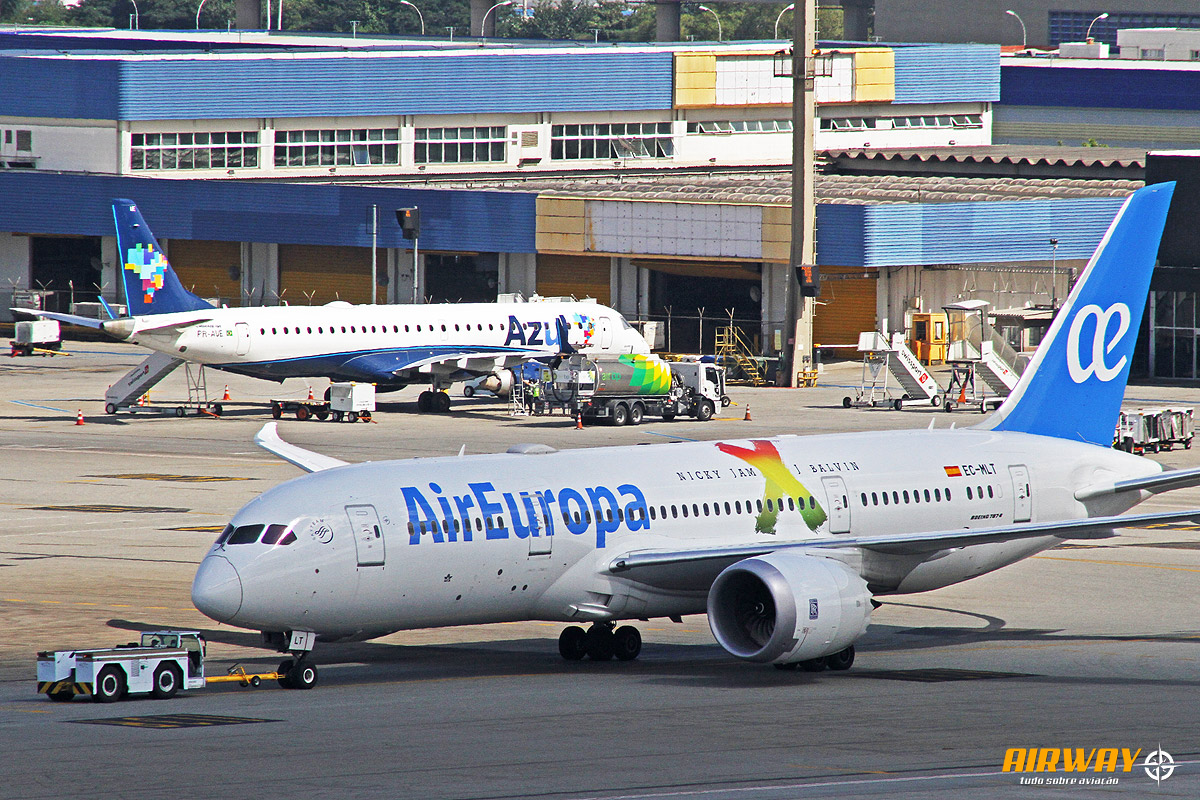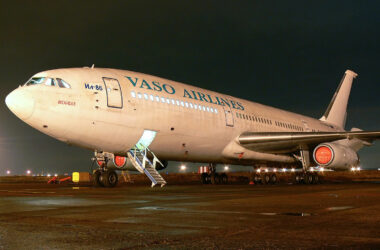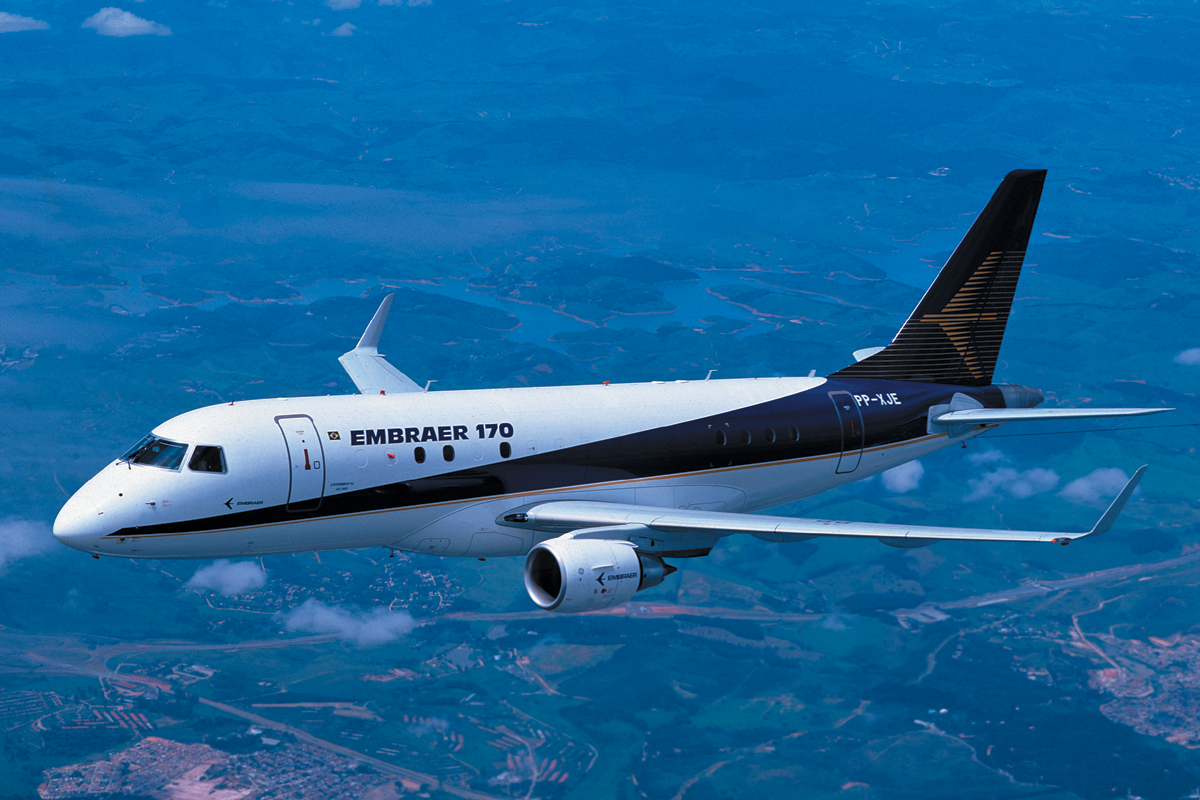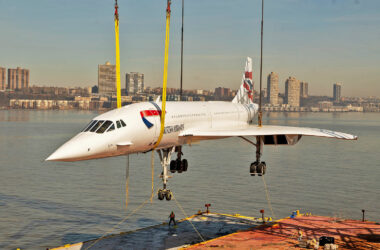The little-known airline Alrosa Airlines, from Siberia, held a historic fact on Wednesday, the last commercial flight of a Tupolev Tu-134 jet.
The model is one of the first commercial jets in history to make its inaugural flight in 1963. With a capacity of 70-100 passengers, the Tu-134 was Aeroflot’s key airliner to serve its domestic routes – from the 854 units produced around 600 flew by the Soviet airline.
By the time the Tu-134 emerged, the Soviet Union already had commercial jets, but based on bombers such as the Tu-104 and its improved version, the Tu-124, both derived from the Tu-16 “Badger” military jet.
When it decided to design a successor to the Tu-124, Tupolev thought about maintaining its configuration with motors at the roots of the wings, but the Russian project office revised the concept and introduced engines in a T-shaped tail, layout that would be reproduced in several planes of the 60’s.
Despite flying before the DC-9, the Tu-134 only came into service four years later. Like the Soviet designs of the period, it had unusual features like wings with sweepback of 35 degrees, landing gear with low pressure tires for operation on unprepared runways and braking parachutes – the jet engines had no reversers.
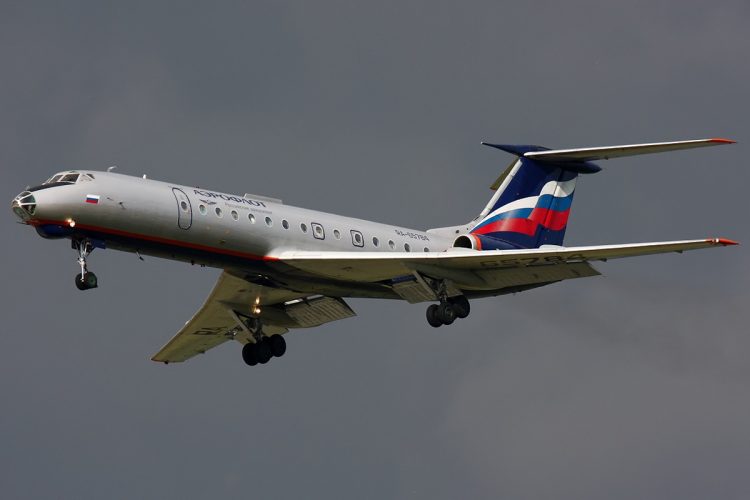
But it was the glazed nose that most differentiated the Tu-134 from Western equivalents. Space was reserved for the navigator and was inherited from military designs. Later, with the addition of radars, the solution lost meaning.
Military service
In parallel to the commercial service, the Tu-134 also performed military functions. The Russian Air Force, for example, used it to train the pilots of the Tu-22 and Tu-160 nuclear bombers – for that their nose has been replaced to carry the equivalent radars.
Long production
The good original design made the Tu-134 a safe and versatile jet in Russia and in the satellite countries. The soviet aircraft was the first to be certified by ICAO in the West.
Over the years, Tupolev has improved the jet, expanding its capacity and equipping it with items such as APU (auxiliary power unit), more powerful and economical engines and reversers that dispensed the parachute.
The Tu-134 remained in production until 1989, shortly before the end of the Soviet Union, but continued its career until 2002 when it was banned from flying in the West because of noise restrictions.
Aeroflot, however, kept the twin-engine jet in service until the end of 2007 when it was replaced by more modern jets, including the Sukhoi SSJ100.
In the last 10 years, its operation has declined, with few airplanes capable of flying. No wonder, Alrosa Airlines will send its aircraft straight to a museum in Novosibirsk, after all the “Russian 737” deserves to be known by the new generations.
